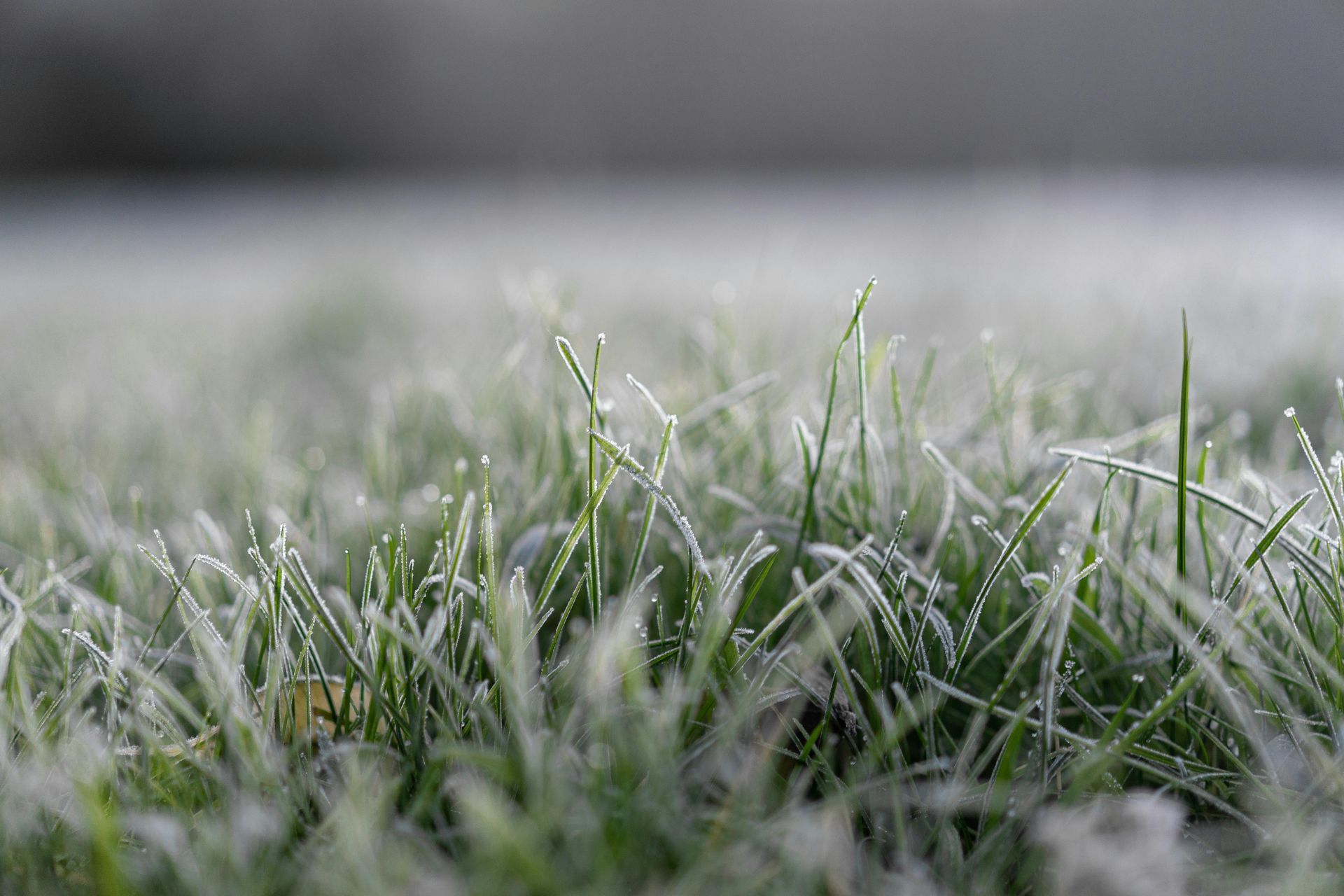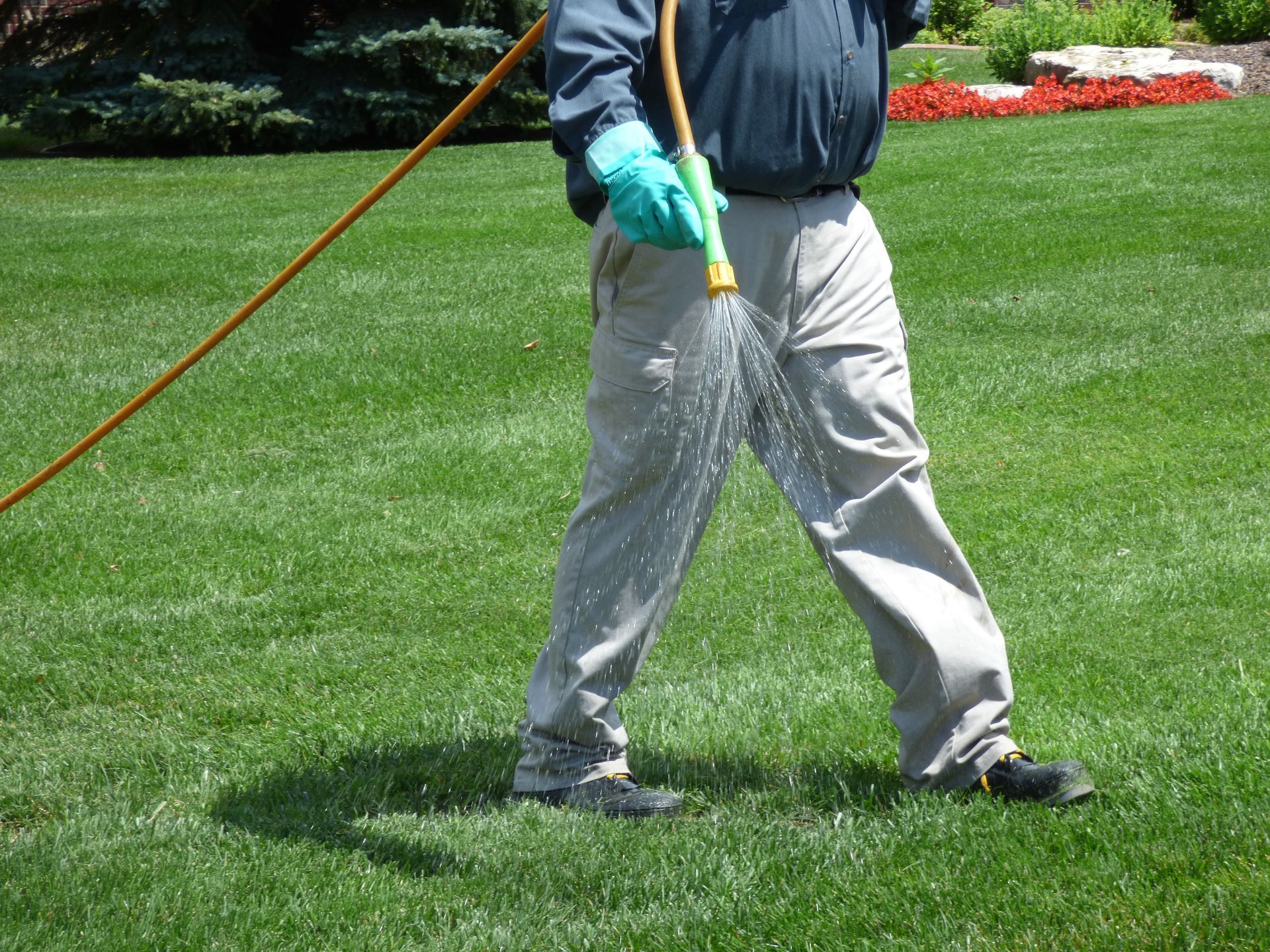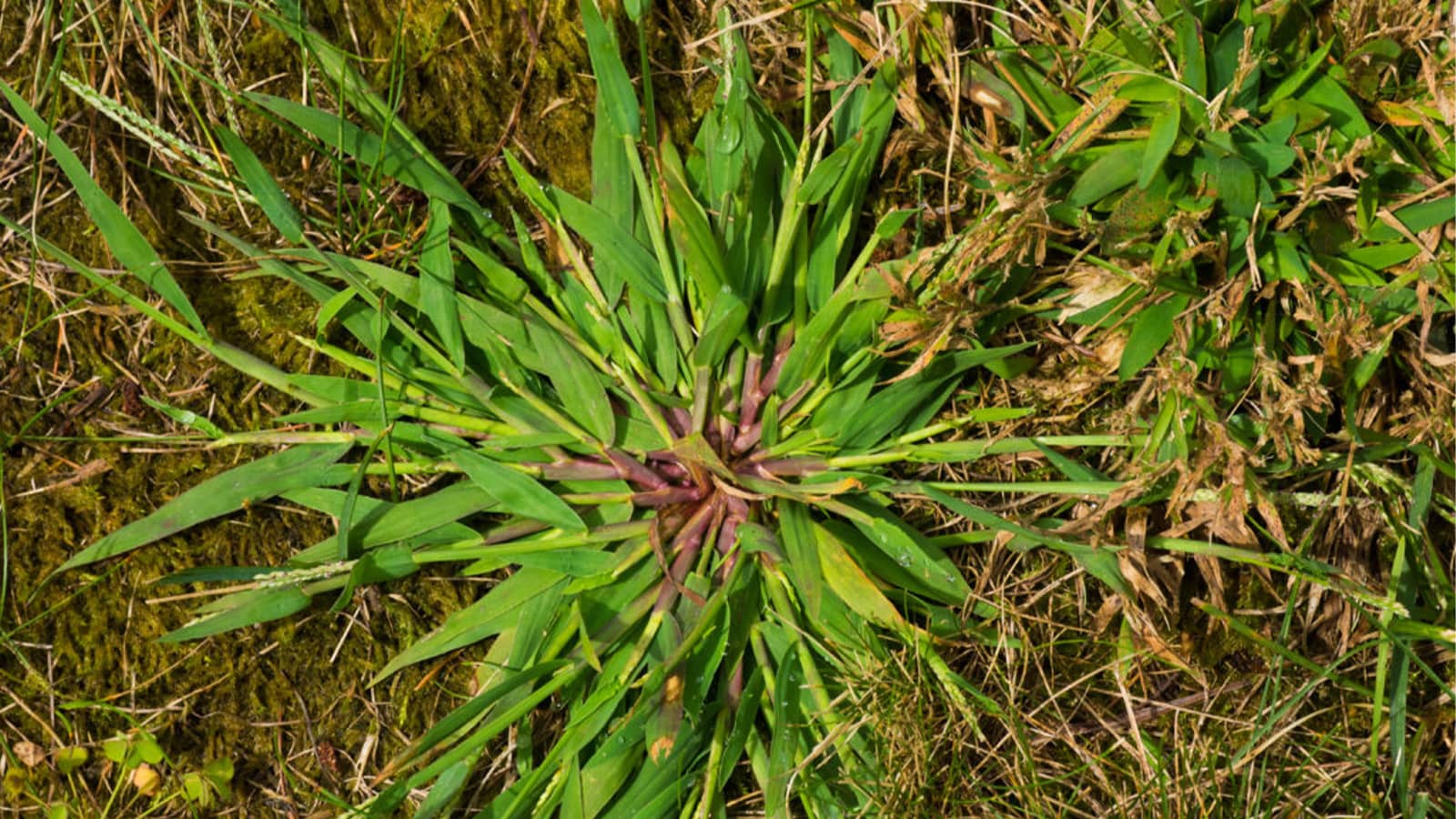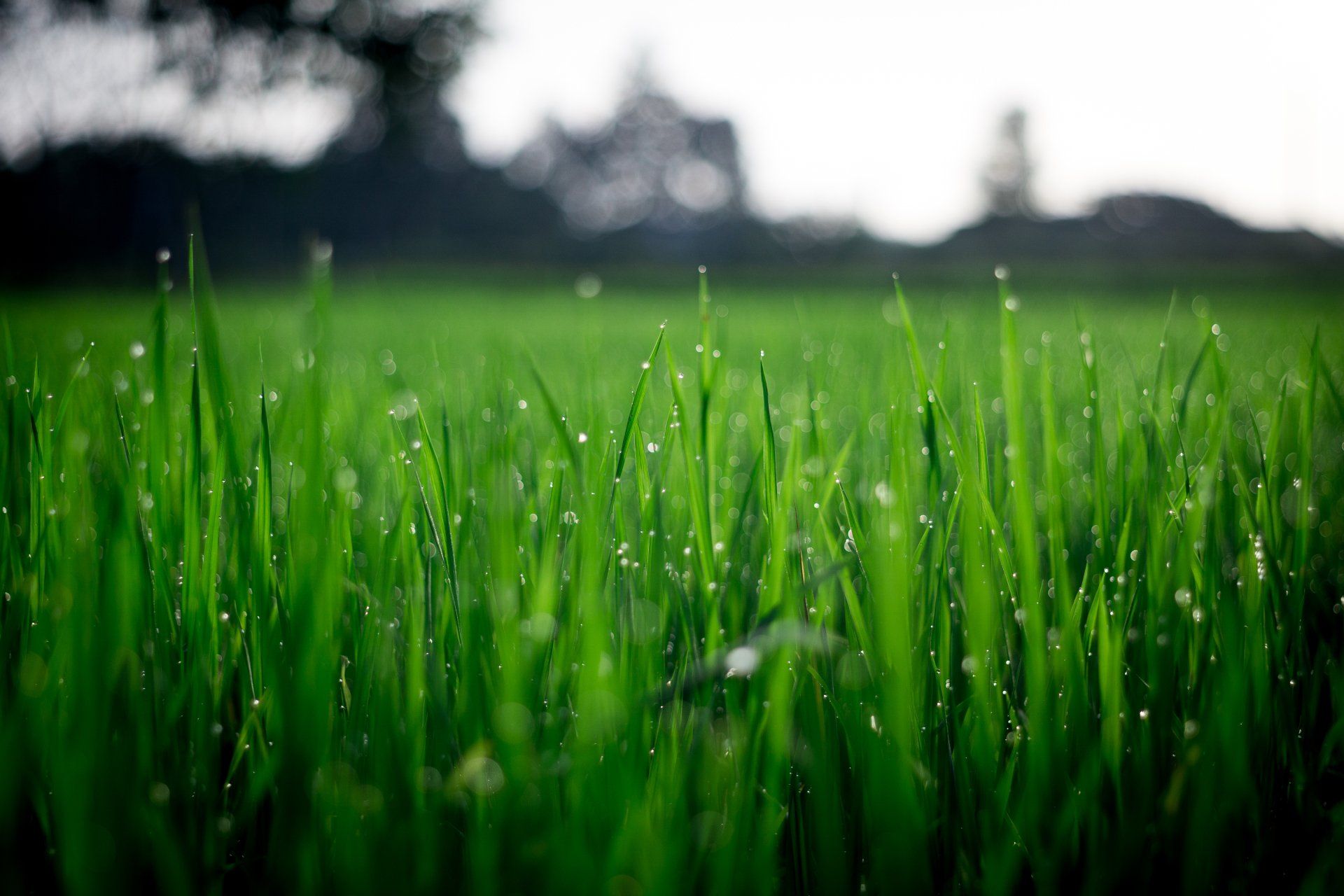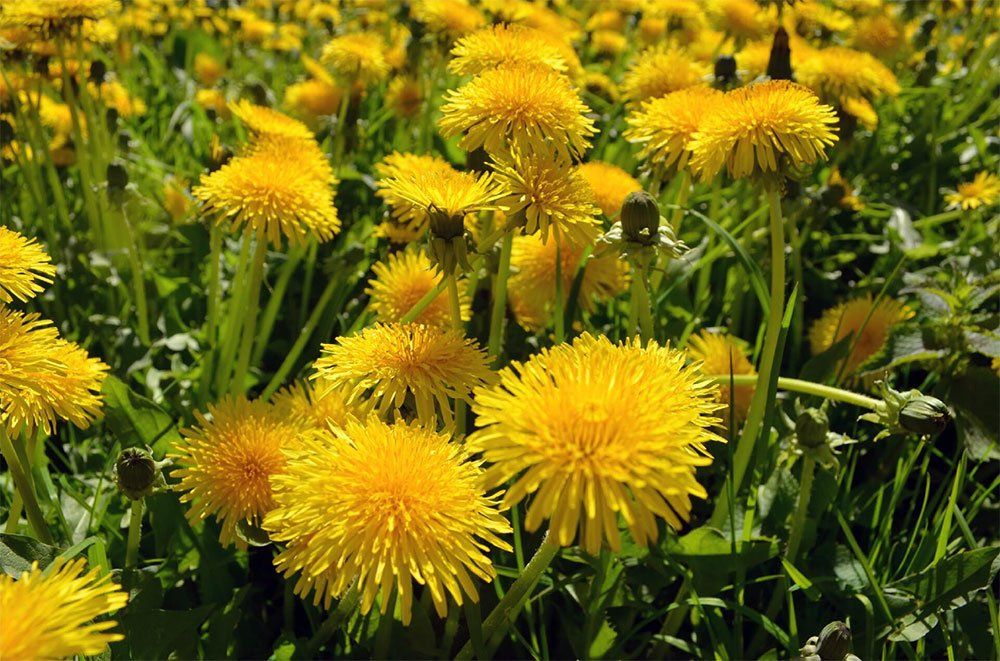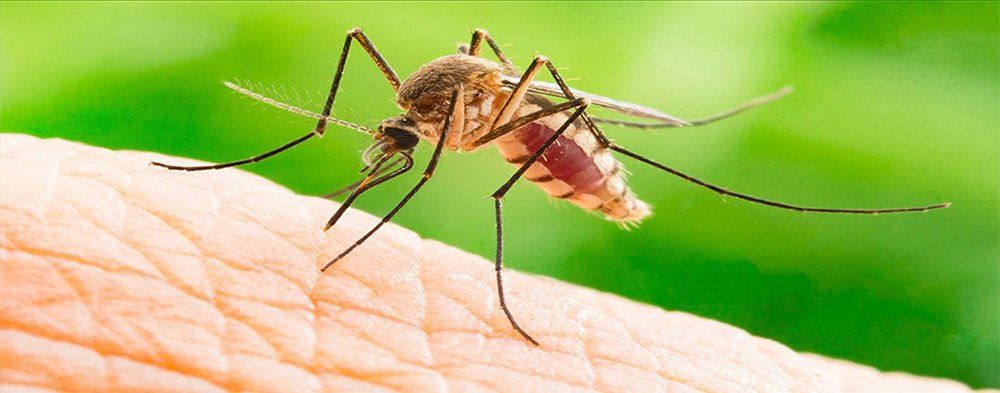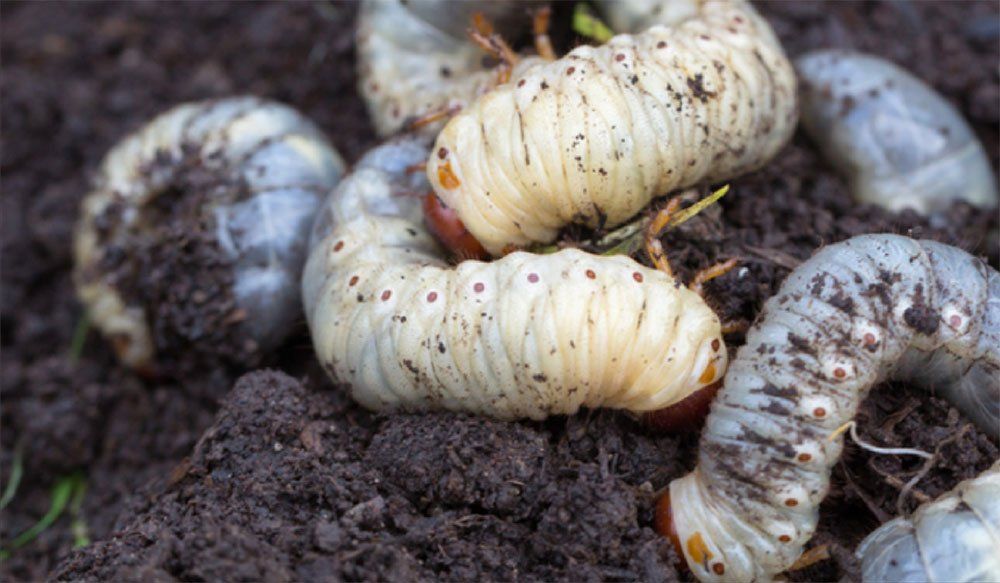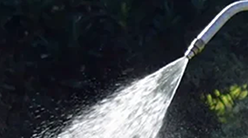It’s almost time to start planting that garden. It’s an exciting time for any gardener, but there is danger lurking around the corner. Garden pests are laying in wait for your new plants to start to grow. That’s when they’ll come out in full force, hungry from a winter’s sleep. By being vigilant and taking preventative action you can stop these pests from wreaking havoc on your garden.
Aphids
Aphids can come in many colors and many species but they all do damage to your garden plants. They feed by using their piercing mouthparts to suck out juices and sap from plants. They usually feed in groups on new plant growth or undersides of leaves and cause stem tips, new leaves, and buds to turn black and die. An aphid infestation can be exacerbated by over fertilization with nitrogen.
Crops Affected:
Roses, tomatoes, lettuce, peppers, carrot crowns, geraniums, cabbage, kale.
How To Control Aphids: Aphids can be sprayed off with a garden hose where they are vulnerable to spiders and ants. You can also plant flowering herbs to attract wasps that prey on aphids.
Corn Earworms
As their name suggests, corn earworms feed on the tender ears of fresh corn. These worms pose the biggest threat to sweet corn in our area because once they are inside the ear they are impossible to remove.
The worms begin by attacking corn silk, where the moth deposits its eggs. After the eggs hatch the new caterpillars follow the silk down into the ear. The silk is often destroyed before pollination resulting in deformed or moldy ears.
How To Control Corn Earworms: Controlling corn earworms is a difficult task that requires year-round vigilance. There are a number of chemical sprays that can be used on the worms in all stages of life but this only works for one season. Cultural practices, including planting different varieties of corn, can help reduce the damage done by these worms.
Colorado Potato Beetles
Potato beetles are oval shaped, ⅜ inch long, and have a yellow shell with 10 narrow black stripes. In the spring the females lay clutches of eggs on the undersides of leaves. One female can lay up to 350 eggs in her lifetime.
When the larvae hatch they are red with black heads and have two rows of black spots on each side of their body. The larvae feed for 10-30 days on plant vegetation before reaching adulthood. The adults will continue to feed until they mate and lay eggs. There can be several generations of potato beetle every year.
How To Control Colorado Potato Beetles: Cover potato plants with a floating row cover to prevent potato beetles from reaching the plants. Handpick adults and larvae and drop them into a cup of soapy water.
Cucumber Beetle
Cucumber beetles are a quarter inch long yellow-green with three black stripes. They can cause serious damage to crops like cucumbers, watermelons, and cantaloupe. These beetles don’t just feed on these plants, they can also cause bacterial wilt.
The bacteria that causes bacterial wilt lives in the stomach of some of the cucumber beetles. When they emerge to feed in the spring, they spread the bacterium through their excrement or from their mouthparts. Once inside, the bacteria multiplies quickly. This produces blockages that cause the leaves to wilt and die. As beetles are attracted to the plant, they unwittingly pick up the bacteria and transfer it to other plants. There is nothing to be done to save a plant infected with bacterial wilt. Early preventative measures are essential to stopping the spread of bacterial wilt.
How To Control Cucumber Beetles: Cover plants with a row cover and remove it when plants flower.
Customizable Solutions From Custom Lawn Care
At Custom Personalized Lawn Care
we have over 30 years of experience dealing with the problems that homeowners face. With our 7-step lawn care program, we can turn your yard into the yard you’ve always dreamed of.
Call (810) 736-3214
and ask about our perimeter pest control program. You can also leave a comment or request more information on our website.
